
Jessica Luc
Related Authors
Andrej Dujella
University of Zagreb
Hemin Koyi
Uppsala University
Jana Javornik
University of East London
Graham Martin
University of Leicester
Gwen Robbins Schug
University of North Carolina at Greensboro
Gabriel Gutierrez-Alonso
University of Salamanca
John Sutton
Macquarie University
Eros Carvalho
Universidade Federal do Rio Grande do Sul
Kevin Arbuckle
Swansea University
Jesper Hoffmeyer
University of Copenhagen
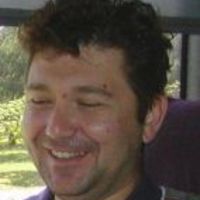
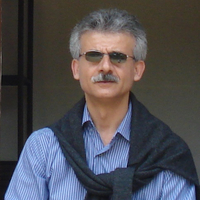

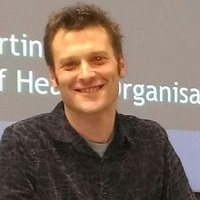

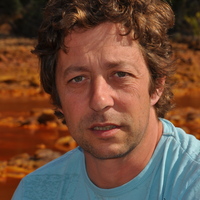
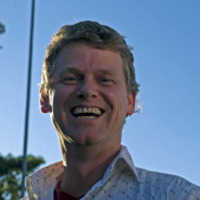
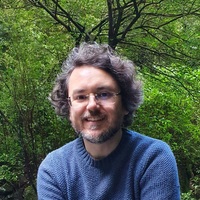

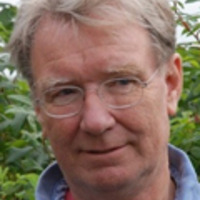
Uploads
Papers by Jessica Luc
Methods: A 35-item survey investigating trainee and physician social media use was distributed. Responses were analyzed using descriptive statistics.
Results: 282 respondents completed the survey, among whom 136 (48.2%) reported careers in surgical specialties. Women in surgical specialties were more likely to describe the specialty as being dominated by the opposite sex (p < 0.001) and to be mentored by the opposite sex though wish to be mentored by individuals of the same sex (p < 0.001). Respondents in surgical specialties were also more likely to report using social media to build a network of same-sex mentorship (p = 0.031).
Conclusions: Social media serves as a valuable tool to enhance the networking and mentorship of surgeons, particularly for women in surgical specialties who may lack exposure to same-sex mentors at their own institution.
Methods: Utilizing the computational FSI model, CSF production in choroid plexuses of the 4 ventricles was specified as a boundary condition for the model. The other source of production from capillary ultrafiltrate spaces was accounted for by the mass conservation equation. The primary CSF absorption sites (i.e., arachnoid granulations) were treated as the outlet boundary conditions. We established a low pulse wave to represent patients with a CF-LVAD.
Results: From the model, low pulse conditions resulted in a reduction in CSF pressure amplitude and velocity though the overall flow rate was unchanged.
Conclusions: The existing FSI model is not a suitable representation of CSF flow in CF-LVAD patients. More studies are needed to elucidate the role of pulsatility in CSF flow and the compensatory changes in CSF production and absorption that occur in patients with CF-LVADs in whom pulsatility is diminished.
Methods: After implementation of our new curriculum, trainee knowledge acquisition and retention were assessed by a summative test of published literature and standardized debate scoring. Feedback was additionally obtained by trainee and faculty surveys.
Results: Cardiothoracic surgery trainees (n = 4) participated in five debates each over 10 monthly sessions. Written examination results after debate revealed a nonsignificant improvement in scores on topics that were debated compared with topics that were not (+9.8% versus −4.2%, p = 0.105). Trainee ability to sway the debate position supported by the attendee strongly correlated with trainee use of supporting literature (r = 0.853), moderately correlated with persuasiveness (r = 0.465), and overall effect of the debate (r = 0.625). Surveys completed by trainees and faculty unanimously favored the debate-style journal club as compared to the traditional journal club in gaining familiarity and applying published literature to questions encountered clinically.
Conclusions: Our novel debate-style cardiothoracic surgery journal club is an effective educational intervention for cardiothoracic surgery trainees to acquire, retain, and gain practice in applying specialty-specific literature-based evidence to controversial case-based issues. Evaluation by multi-institutional expansion is needed to validate our preliminary findings in this initial trainee cohort.
Methods: A 35-item survey investigating trainee and physician social media use was distributed. Responses were analyzed using descriptive statistics.
Results: 282 respondents completed the survey, among whom 136 (48.2%) reported careers in surgical specialties. Women in surgical specialties were more likely to describe the specialty as being dominated by the opposite sex (p < 0.001) and to be mentored by the opposite sex though wish to be mentored by individuals of the same sex (p < 0.001). Respondents in surgical specialties were also more likely to report using social media to build a network of same-sex mentorship (p = 0.031).
Conclusions: Social media serves as a valuable tool to enhance the networking and mentorship of surgeons, particularly for women in surgical specialties who may lack exposure to same-sex mentors at their own institution.
Methods: Utilizing the computational FSI model, CSF production in choroid plexuses of the 4 ventricles was specified as a boundary condition for the model. The other source of production from capillary ultrafiltrate spaces was accounted for by the mass conservation equation. The primary CSF absorption sites (i.e., arachnoid granulations) were treated as the outlet boundary conditions. We established a low pulse wave to represent patients with a CF-LVAD.
Results: From the model, low pulse conditions resulted in a reduction in CSF pressure amplitude and velocity though the overall flow rate was unchanged.
Conclusions: The existing FSI model is not a suitable representation of CSF flow in CF-LVAD patients. More studies are needed to elucidate the role of pulsatility in CSF flow and the compensatory changes in CSF production and absorption that occur in patients with CF-LVADs in whom pulsatility is diminished.
Methods: After implementation of our new curriculum, trainee knowledge acquisition and retention were assessed by a summative test of published literature and standardized debate scoring. Feedback was additionally obtained by trainee and faculty surveys.
Results: Cardiothoracic surgery trainees (n = 4) participated in five debates each over 10 monthly sessions. Written examination results after debate revealed a nonsignificant improvement in scores on topics that were debated compared with topics that were not (+9.8% versus −4.2%, p = 0.105). Trainee ability to sway the debate position supported by the attendee strongly correlated with trainee use of supporting literature (r = 0.853), moderately correlated with persuasiveness (r = 0.465), and overall effect of the debate (r = 0.625). Surveys completed by trainees and faculty unanimously favored the debate-style journal club as compared to the traditional journal club in gaining familiarity and applying published literature to questions encountered clinically.
Conclusions: Our novel debate-style cardiothoracic surgery journal club is an effective educational intervention for cardiothoracic surgery trainees to acquire, retain, and gain practice in applying specialty-specific literature-based evidence to controversial case-based issues. Evaluation by multi-institutional expansion is needed to validate our preliminary findings in this initial trainee cohort.